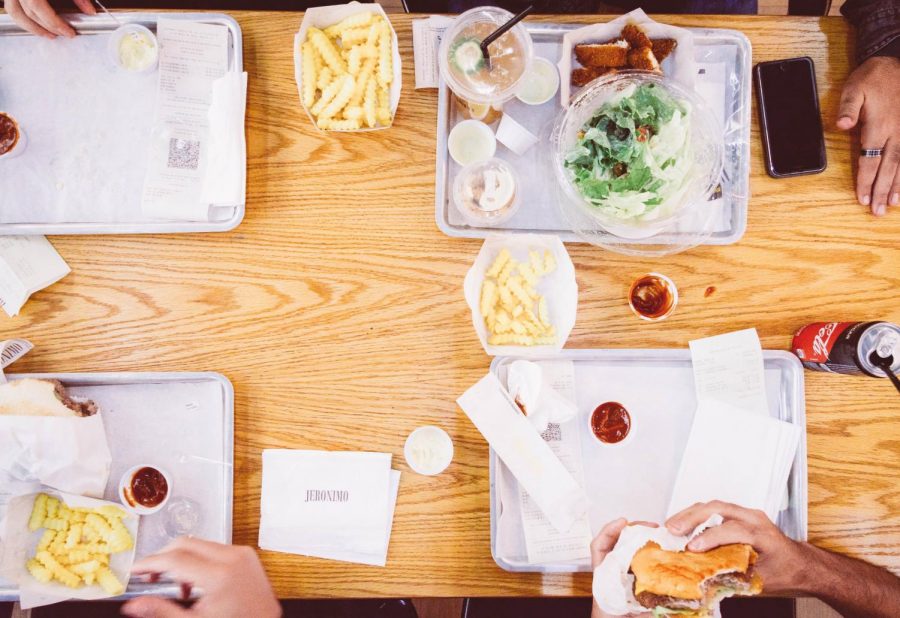Free Lunch Program
September 28, 2021
Like all schools around the nation, Cupertino High School began offering free lunches to students during the 2021-22 school year as a response to the food insecurity sparked by COVID-19. Although hundreds of students on campus have benefited from the meals, the increased volume created a host of logistical challenges.
Over the course of the pandemic, food insecurity more than doubled, according to a study by the UCLA Center for Neighborhood Knowledge. To combat this, the federal government signed into effect a bill subsidizing schools so that they can offer free meal service year-round. Socioeconomically disadvantaged students — a category that includes 11% of Cupertino High School students — have benefited from free and reduced-price meal services before the bill; now, no students have to worry about meal prep or going hungry at school.
The federal law addresses an important problem, but it also places a large burden on each school’s food service team. One challenge is monetary: although federal subsidies help with the costs involved in Cupertino High School’s food service, they often do not provide enough funding to offset the real costs of feeding students.
Said Fremont Union High School District Food Services Manager Divya Puri, “We get four dollars for every lunch we offer. To be able to offer an entrée, fruit, vegetable, milk and pay labor and provide paper products in four dollars is an impossible task.”
The lack of revenue from students purchasing meals has also strained the budget, although not as severely as the drastically increased demand. That demand has had other negative consequences: On the first day of school — and thus the first day of the free meal service — high demand and inadequate line management combined to prevent many students from receiving the meals that were originally on the menu. Strategies like more card readers and staff to move the line more quickly have mitigated the problem, but lines are still significantly longer than they were pre-pandemic.
“We’re trying to get kids to move faster, faster, faster — is that a good experience for them?” Puri said.
The main issue, however, has been one of support. Before the pandemic, roughly 300 students a day would come through the CHS food line. Since the free food service began, that number has tripled. One exceptional day saw 1000 students get cafeteria food. There has not been a comparable increase in kitchen infrastructure, and shipping delays mean increasing kitchen capacity is time-consuming or impossible.
The experience and struggles that CHS’s food service staff now have with the increased demand will likely pay off in future years, too. A California bill, pending approval until the state budget is finalized, hopes to provide similar subsidies to schools beginning in the 2022-23 school year and continuing for the foreseeable future. More state support seems unlikely to be forthcoming.
Said Puri, “We want to feed our students, but we want to have the right resources so that we can do a good job of it and not struggle all the way.”




